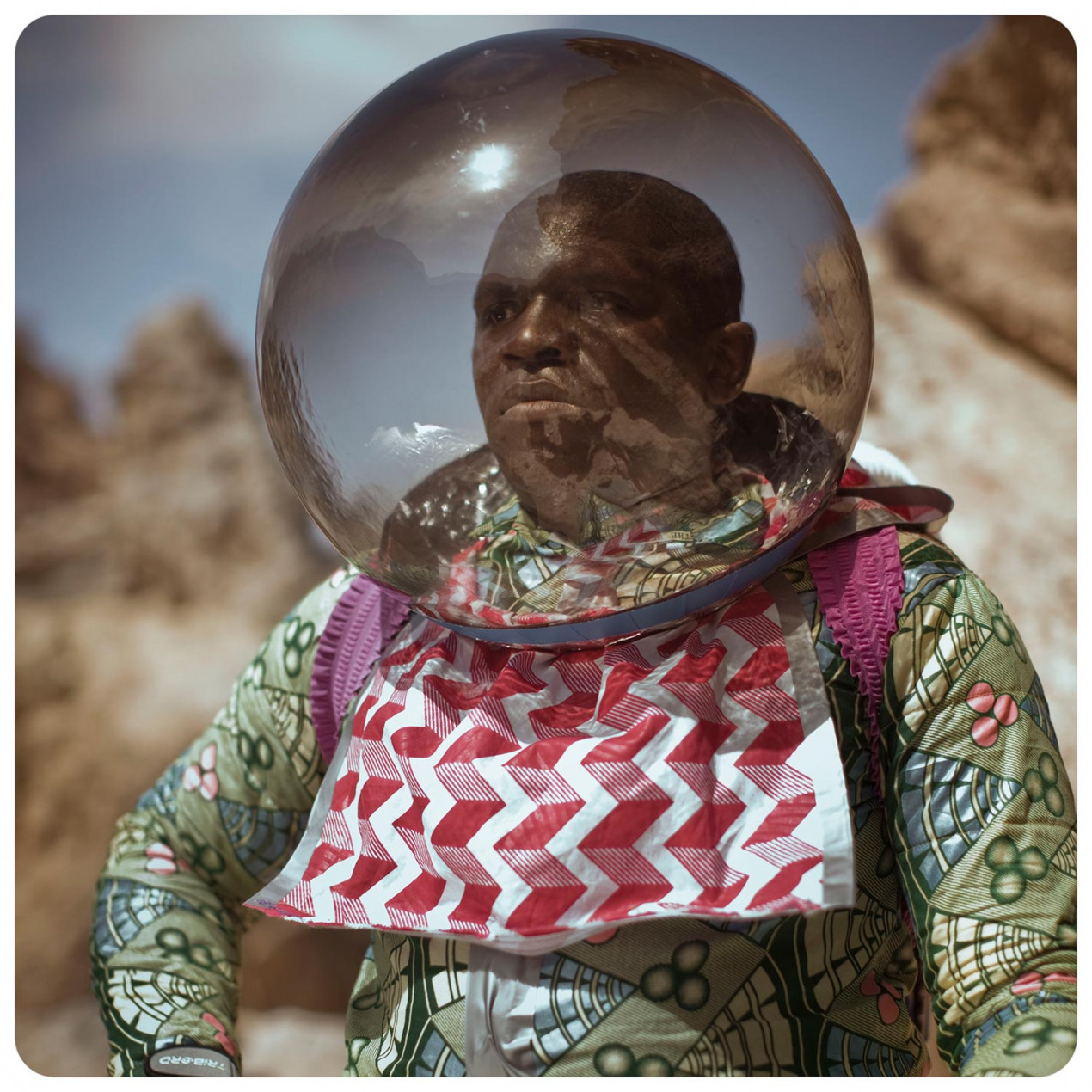“Museums and galleries are not neutral containers offering a transparent, unmediated experience of art,” writes Emma Barker in Contemporary Cultures of Display.
She is, of course, quite right. Curators, critics and other opinion influencers, including collectors and artists themselves, not only play leading roles in deciding what is worthy of wall (or floor) space but also how such works will be seen. This in turn will be crucial in establishing a work’s ‘worth’.
Lingering on her point further, we might also feel that there is no “transparent, unmediated experience of art” in any event, regardless of setting. To establish if, and if so to what degree, this is the case, it becomes necessary to consider ‘where’ art happens.
It was interesting during a webinar with Colin that it was broadly felt the definition of photographic art is rooted in the initial production of a piece – the research and contemplation that goes into a photograph, the communicative intention of that photograph and the eventual transmission of that intention through a visual work.
The product of such a process is ‘art’; its producer, the ‘artist’; its audience, the receiver.
Such a view has a long history dating back at least to the time of Artistotle in which art is the product of some form of endeavour to reveal aspects of existence beyond the surface.
But it is far from satisfactory.
When does something ‘become’ art? Who decides whether something is ‘art’? Who decides the meaning of a piece of art? Can ‘art’ take on a meaning and creative relevance never intended by the originator? Or, in the case of the likes of Richard Prince, does the originator produce the art, or can something become ‘art’ through the repurposing of an intermediary?
These questions move us from the creator to the institutions and groups that comprise the ‘art world’, a hybrid space whose flavours range from commercially-minded speculators to those who undoubtedly believe their commitment to the cultural wellbeing of the public realm.
Does art only become art when a curator decides so? And if so, what decisions and considerations are made when deciding whether or not should be supported through exhibition space? This is not neutral territory. A successful curator might wish to push the creative envelope, but she must also be mindful of footfall, catalogue sales, the gaining of positive critical reviews, all of which, in turn, feeds into status of an exhibition space and the gaining of funding, public or private.
Creative curatorship might lead to themed exhibitions drawing works together from numerous artists, such as Emily Butler’s Terrains of the Body exhibition at the Whitechapel Gallery in 2017. I wonder here whether juxtaposing works of different artists, with its inherent potential for de or re-contextualising pieces into settings not initially intended by the artists themselves, is tantamount to creating a new piece of ‘art’, or at least a new artistic jigsaw, with a new rhythm and sequence between the images and trans-artist relationships of possible meaning and inference.
And if I was to have my work exhibited, amongst whom would I like my work to sit? Should my current work be resolved (!), I would love it to sit with artists who explore motherhood – Elinor Carucci, Ana Cash Brodas, Cemre Yesil and Elina Brotherus.
But the gallery should not exist for and of itself.
Does the life of an ‘art’ piece not reach its proper destination in the minds and hearts of an “audience”? And this is the area that is of particular interest to me at the moment, as I grapple with trying to understand why and how I selected my first proper photographic print.
I wanted one of two prints for a special birthday gift from my wife – one from the Afronauts series by Cristina de Middel and one a landscape by Peter Van Agtmael.
My choice was based not just on which image I ‘liked’ but on which I felt I would like ‘live with’. One which I could repeatedly like, and like anew, each and every time (should that ever be possible). By the time I had decided I would most like a de Middel, my wife had chosen the Van Agtmael.
Is art something that provides a slow release of itself, that you can develop a dynamic and changing relationship with over time, akin to a favourite book that bears multiple readings of? It is the same work each time or does it change subtly with each reading? I’m unsure. And I am mindful that I have a similar relationship with my favourite chair (it is a great chair, but it is not art).
Or is it more as Jeff Wall sees the power of photographic art:
“Everything in that picture suggests it narrativity, but it cannot give it to you.
“So when you are experiencing it as a picture…I believe that you the viewer are writing it, you’re writing the story.
“You may not be writing it consciously in a literary way, but you’re sensing the before and the after, and you’re probably connecting it to your own memories and associations.”
Or is art more like a terrific one-time sexual encounter – it blows your socks off and you’ll remember it forever but its unrepeatability is its essential core?
I’m still working on an answer.
References:
Barker, E. (1999). Contemporary cultures of display. New Haven: Yale University Press.
www.youtube.com. (n.d.). Terrains Of The Body Art Exhibition at Whitechapel Gallery by WinkBall. [online] Available at: https://www.youtube.com/watch?time_continue=1&v=-t-dvxjDab8&feature=emb_logo [Accessed 17 Apr. 2021].
Whitechapel Gallery. (n.d.). Terrains of the Body: Curator’s Tour. [online] Available at: https://www.whitechapelgallery.org/events/terrains-of-the-body/ [Accessed 17 Apr. 2021].
channel.louisiana.dk. (2015). Jeff Wall: Pictures Like Poems. [online] Available at: https://channel.louisiana.dk/video/jeff-wall-pictures-poems [Accessed 16 Dec. 2020].






